-
President James C. Liao
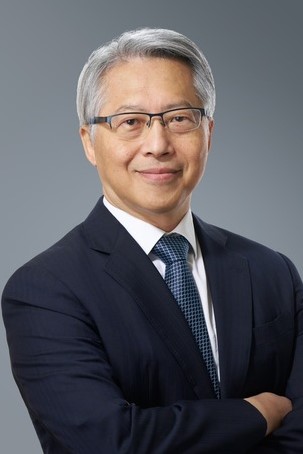
President James C. Liao
Website
Personal Webpage
Education
1987 Ph.D., Chemical Engineering, University of Wisconsin
1980 B.S., Chemical Engineering, National Taiwan UniversityIntroduction
Dr. James C. Liao, President, Academia Sinica, is a pioneer in Metabolic Engineering, Synthetic Biology, and Systems Biology. He received his BS degree from National Taiwan University and PhD from University of Wisconsin-Madison. After working as a research scientist at Eastman Kodak Company, Rochester, NY, he started his academic career at Texas A&M University in 1990 and moved to UCLA in 1997. He received numerous awards and recognitions, including the Presidential Green Chemistry Challenge Award (2010), the White House “Champion of Change” for innovations in renewable energy (2012), the ENI Renewable Energy Prize bestowed by the President of Italy in 2013, and the 2014 National Academy of Sciences Award for the Industrial Application of Science, the 2021 Samson Prime Minister’s prize for innovation in alternative energy and smart mobility for transportation, and the Gregory N. Stephanopoulos Award for Metabolic Engineering in 2023. He is a Member of the US National Academy of Engineering, US National Academy of Sciences, and Academician of Academia Sinica in Taiwan. In 2024, he has been elected as an "Associate Member" of the European Molecular Biology Organization (EMBO),and in 2025, he has been awarded the title of Chevalier de la Légion d’Honneur (Knight of the Legion of Honor) by the French government.
Experience
2016-date: President, Academia Sinica, Taiwan.
2015-2016: Chair, Bioengineering, UCLA.
2012-2016; Chair, Chemical and Biomolecular Engineering, UCLA.
2002-2012: Vice Chair, Chemical and Biomolecular Engineering, UCLA.
2007-2015: Associate Director for Energy Research, UCLA-DOE Institute for Genomics and Proteomics.
2013-2016: Professor (joint appointment), Department of Bioengineering, UCLA.
2011-2016: Professor (joint appointment), Department of Chemistry and Biochemistry, UCLA.
1997-2016: Professor, Chemical and Biomolecular Engineering, UCLA.
1993-1997: Associate Professor, Chemical Engineering, Texas A&M University.
1990-1993: Assistant Professor, Chemical Engineering, Texas A&M University.
1987-1990: Research Scientist, Life Science Research Laboratory, Eastman Kodak Company, Rochester, New York.
1980-1982: Military Service, Taiwan.
Message from the PresidentLetter from President Liao: Successful Conclusion of the Inaugural AS Conference
July 31, 2024
Letter from President Liao: about AS Conference
December 03, 2024
Letter from President Liao: Policy to Supplement Stipends for Academia Sinica Ph.D. Students
August 22, 2023
Letter from President Liao: Academia Sinica's Vision, Objectives, and Guiding Principles
June 18, 2019
A Voyage to the Future: Ambition, Responsibility, and Wisdom
November 12, 2018
Letter from President Liao
April 3, 2018
Letter from President Liao: About research ethics
November 21, 2016
Letter from President Liao
August 17, 2016
Letter from President Liao
August 5, 2016
Awards and HonorsAwards:
2025 Knight of the Legion of Honor, France
2024 Associate Member, the European Molecular Biology Organization (EMBO)
2023 The Gregory N. Stephanopoulos Award for Metabolic Engineering
2021 The Samson-Prime Minister's Prize for Innovation in Alternative Energy and Smart Mobility for Transportation, Israel
2020 Fellow, The World Academy of Sciences
2019 Novozymes Award for Excellence in Chemical and Biochemical Engineering
2015 Fellow, National Academy of Inventors
2015 Member of the US National Academy of Sciences
2014 Academician, Academia Sinica
2014 US National Academy of Sciences Award for the Industrial Application of Science
2013 ENI Award Renewable Energy Prize, Italy
2013 Member, National Academy of Engineering, USA
2012 White House Champion of Change for Innovations in Renewable Energy
2010 Presidential Green Chemistry Challenge Award, Academic Category
2009 James E. Bailey Award, Society for Biological Engineering
2009 Alpha Chi Sigma Award for Chemical Engineering Research, American Institute of Chemical Engineers
2009 Marvin J. Johnson Award, Biochemical Technology Division, American Chemical Society
2008 Charles Thom Award, Society for Industrial Microbiology
2006 Merck Award in Metabolic Engineering
2006 Food, Pharmaceutical and Bioengineering Division Award, American Institute of Chemical Engineers
2002 Fellow, American Institute for Medical and Biological Engineering
1992 National Science Foundation Young Investigator Award
Named Lectureship:
2017 The Alan S. Michaels Distinguished Lectureship in Medical and Biological Engineering, Department of Chemical Engineering, Massachusetts Institute of Technology
2016 Smith Lecturer, Department of Chemical Engineering, University of California, Davis
2015 Covestro Lecture in Sustainability (Chemistry lecture), University of Minnesota
2015 Signature Seminar, Department of Chemical and Biomolecular Engineering, University of Maryland, College Park
2015 Cockrell School Endowed Lecturer, University of Texas, Austin
2015 Distinguished McFerrin Lecturer, Texas A&M University
2014 Britton Chance Lecturer, University of Pennsylvania
2014 Tis Lahiri Lecturer, Vanderbilt University
2014 J.W.T. Spinks Lecturer, University of Saskatchewan, Canada
2013 Sunney Chan Lecturer, Academia Sinica
2013 Sunney I and Irene Y Chan Lecturer, Hong Kong Polytechnic University
2012 G.J. and S.T. Su Distinguished Lectureship, University of Rochester
2012 Julian C. Smith Lecturer, Cornell University
2011 Fredrickson Lecturer, University of Minnesota
2009 Ashland Lectureship, University of Kentucky
2009 Bollum Symposium Lecture, University of Minnesota
2007 Trotter Distinguished Lectureship, University of Tennessee
2006 Honorary Epistar Chair Professorship, National Tsing Hua University
2006 Lacey Lectureship, California Institute of TechnologySignificant ResearchDr. Liao is a pioneer in Metabolic and Synthetic Biology, specializing in both the microbial synthesis of fuels and chemicals, and the redesign of primary metabolic network. He also invented Network Component Analysis (NCA) for analyzing transcription regulatory networks, and designed synthetic gene-metabolic regulatory circuits, which set the foundation for Metabolic and Synthetic Biology. Some of his notable contributions are summarized below:
1) Biosynthesis of isobutanol and other higher alcohols
Dr. Liao has devoted himself to metabolic systems analysis, re-design, and engineering. Using genetic and molecular biology techniques, he has achieved many innovative results. One involves producing isobutanol and other higher alcohols by re-engineering metabolic pathways of microorganisms, which set a new direction for biofuel research. Isobutanol, compared with ethanol, has a higher energy density and lower hygroscopicity, and is compatible with current infrastructure for energy utilization. Although isobutanol was identified as a minute fermentation product in some organisms, it was not deemed as a viable biofuel molecule because of the low productivity. Nevertheless, Dr. Liao successfully produced abundant isobutanol by re-routing the branched chain amino acid biosynthesis pathway, and shunting the intermediate in E. coli. His paper (Atsumi et al. Nature, 2008) altered the course of biofuel research, prompting the field to start working on higher alcohol fuels. This technology has been implemented on a large scale, and production has begun in the US to supply military aviation fuel tests. This is one of the most significant breakthroughs in the biofuel field in recent years.
2) Bioconversion of CO2
Dr. Liao is the first to directly covert CO2 to higher alcohols (Atsumi et al. Nature Biotechnol 2009), a breakthrough that stimulated research in direct photosynthetic production of fuels and chemicals. Furthermore, his paper (Li et al. Science 2012) demonstrated for the first time the use of electricity to drive microbial CO2 conversion to isobutanol. This strategy stores electrical energy in the chemical energy of liquid fuels, and is the first case of integrating man-made solar cells with microbial CO2 conversion. Because a solar cell has a much higher energy efficiency than the biological photosystems, this strategy can increase the overall energy conversion efficiency and provide an effective way to store intermittent electricity as liquid fuel.
3) Re-design of primary metabolisms
Evolution has made all living organisms share similar primary metabolic pathways. However, these “pathways to life” may not be optimal for synthetic purposes. For instance, all carbohydrates are metabolized through glycolysis, which partially oxidizes sugars. One third of carbon atoms are therefore lost as CO2 when carbohydrates are converted to biofuel. To solve this problem, Dr. Liao and his group designed a synthetic Non-Oxidative Glycolysis (NOG), which allows the total conservation of carbon when carbohydrates are converted to acetyl-CoA. The resulting substance can then be used to make a variety of chemicals and fuels. This work (Bogorad et al. Nature 2013) opened the door for re-designing the fundamental “pathways to life” to improve cell performance for artificial purposes.
Along the same lines, Dr. Liao was able to transfer two bacterial genes in the glyoxylate shunt (which only exists in bacteria and plants) to the liver of mice to facilitate fat metabolism. This experiment was remarkable for demonstrating the great potential of metabolic engineering in biomedicine, which can be seen in the mice showing resistance to diet-induced obesity after the surgery (Dean et al. Cell Metabolism 2009).
4) Systems biology and synthetic biology
Using transcriptome data, Dr. Liao invented Network Component Analysis (Liao et al. PNAS 2003), a method that allows the determination of transcription factory activity. This method also complements the traditional Principal Component Analysis and Independent Component Analysis in studying transcriptome. In addition, Dr. Liao designed artificial gene-metabolic circuits to alter metabolic flux (Farmer and Liao, Nature Biotech, 2000), and achieved oscillation in the gene-metabolic network (Fung et al. Nature, 2005). These works laid a firm foundation for Metabolic Synthetic Biology.
Dr. Liao’s achievements have been honored with numerous awards, including the US Presidential Green Chemistry Challenge Award of EPA and the White House Champion of Change in Renewable Energy. In 2013, he was elected as a Member of the US National Academy of Engineering, and received the ENI Renewable Energy Prize, bestowed by the President of Italy. In sum, Dr. Liao’s work has demonstrated a perfect integration between life sciences and engineering to address significant problems facing human society today.InterviewTaiwan Panorama Magazine ,December, 2018
Welcoming In the Public—The Academia Sinica at 90
Looking to the future, President James C. Liao says, “I hope that scientists doing basic research will feel a sense of mission.” He adds, “First you must let your academic peers and colleagues know that your research has value, is forward-looking, and is creative. Second, you must be responsible to taxpayers, and take the initiative to explain the importance and significance of basic research. Third, you must have a sense of mission for humanity. I hope we can do in-depth research to solve problems facing all of mankind, such as global warming, climate change, and long-term care for the elderly.”
Taipei Times 11, June, 2018
Academia Sinica president plans for low-carbon future
The concepts of carbon neutrality and a low-carbon society could help reduce air pollution and lower the nation’s carbon footprint, which requires transitioning to cleaner sources of energy, Academia Sinica President James Liao said in an interview with ‘Liberty Times’ (sister newspaper of the ‘Taipei Times’) staff reporters Chien Hui-ju and Jennifer Huang
Video解鎖中研院:理念、策略、及近期成果|廖俊智院長 演講簡報下載:PDF檔
Industrial Innovation and Net-Zero Technologies in Taiwan(Stanford University)
不只看球,要下場打球|廖俊智院長(臺灣師範大學113學年度畢業典禮演講)
如何提升研發(教學)水準,以解決人才問題
臺灣淨零排放的能源技術展望
深入宜蘭員山地下 台灣首座深層地熱井開挖
直擊地熱井開鑽 打造綠色再生能源
理工人文界線模糊化 中研院長帶頭做
陳建仁廖俊智出席教廷科學院會議
【仁心慧語】4P的哲學∣廖俊智∣中央研究院院長
【仁心慧語】怎樣避免高科技危害人類?∣廖俊智∣中央研究院院長
【仁心慧語】精英們的領導者思考∣廖俊智∣中央研究院院長
臺灣英雄》學術殿堂中研院 撐起台灣向上的力量
中研院長獨家專訪 15分鐘快篩試劑最快月底試量產
臺灣科技的中心 一窺中研院院長廖俊智的所思所聞
學術研究享譽國際!人物專訪中研院長廖俊智
2016年臺大傑出校友 - 廖俊智
Open
1/12/2026 9:57:30 PM
-
-
- Institute of Mathematics
- Institute of Physics
- Institute of Chemistry
- Institute of Earth Sciences
- Institute of Information Science
- Institute of Statistical Science
- Institute of Atomic and Molecular Sciences
- Institute of Astronomy and Astrophysics
- Research Center for Applied Sciences
- Research Center for Environmental Changes
- Research Center for Information Technology Innovation
-
-
- Institute of History and Philology
- Institute of Ethnology
- Institute of Modern History
- Institute of Economics
- Institute of European and American Studies
- Institute of Chinese Literature and Philosophy
- Institute of Taiwan History
- Institute of Sociology
- Institute of Linguistics
- Institute of Political Science
- Institutum Iurisprudentiae
- Research Center for Humanities and Social Sciences
-
-
-

- Address:128 Section 2, Academia Road, Nankang, Taipei 115201, Taiwan
- Phone:+886-2-27822120~9 (10 lines)
- Contact:aspublic@gate.sinica.edu.tw
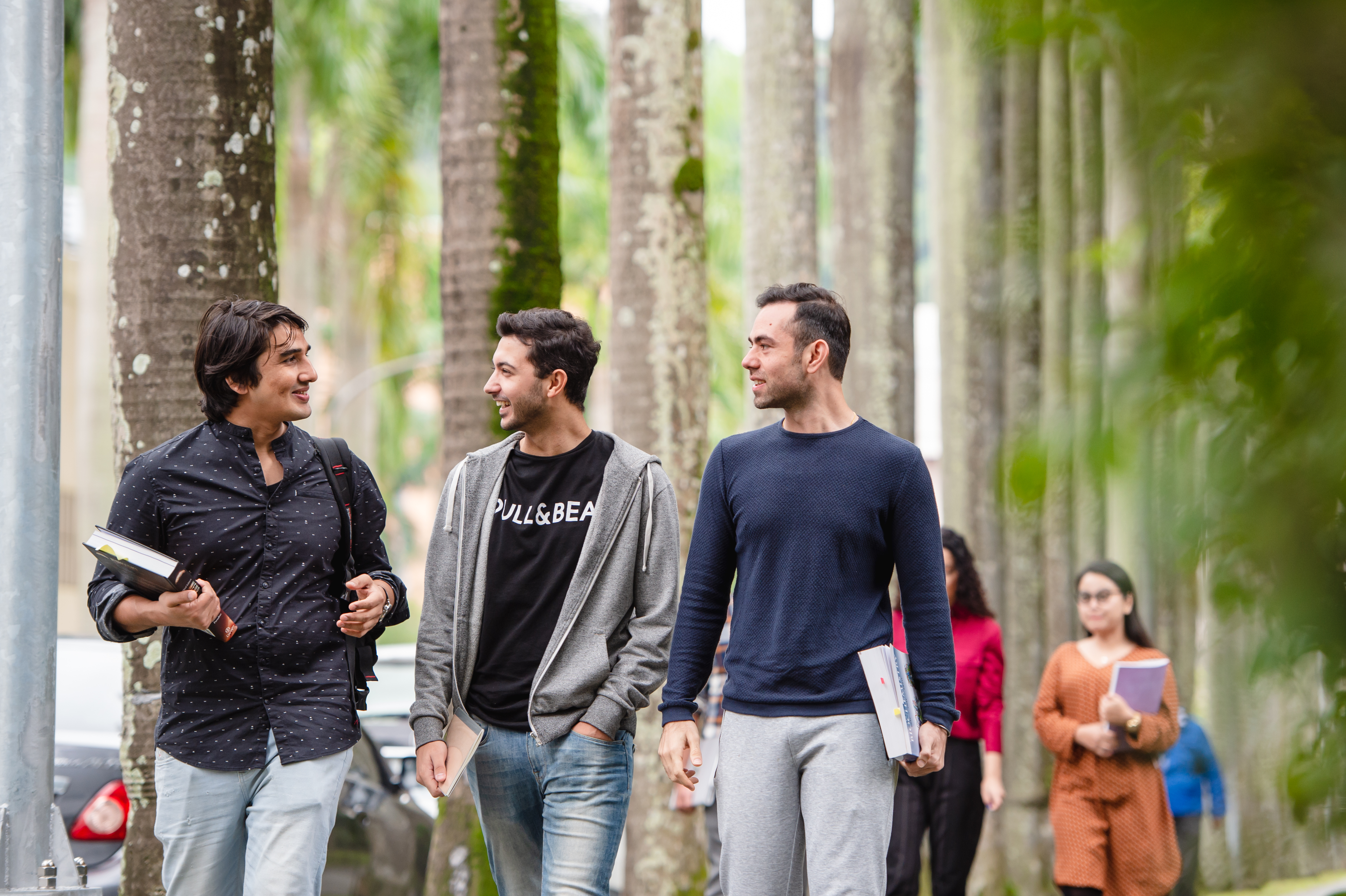
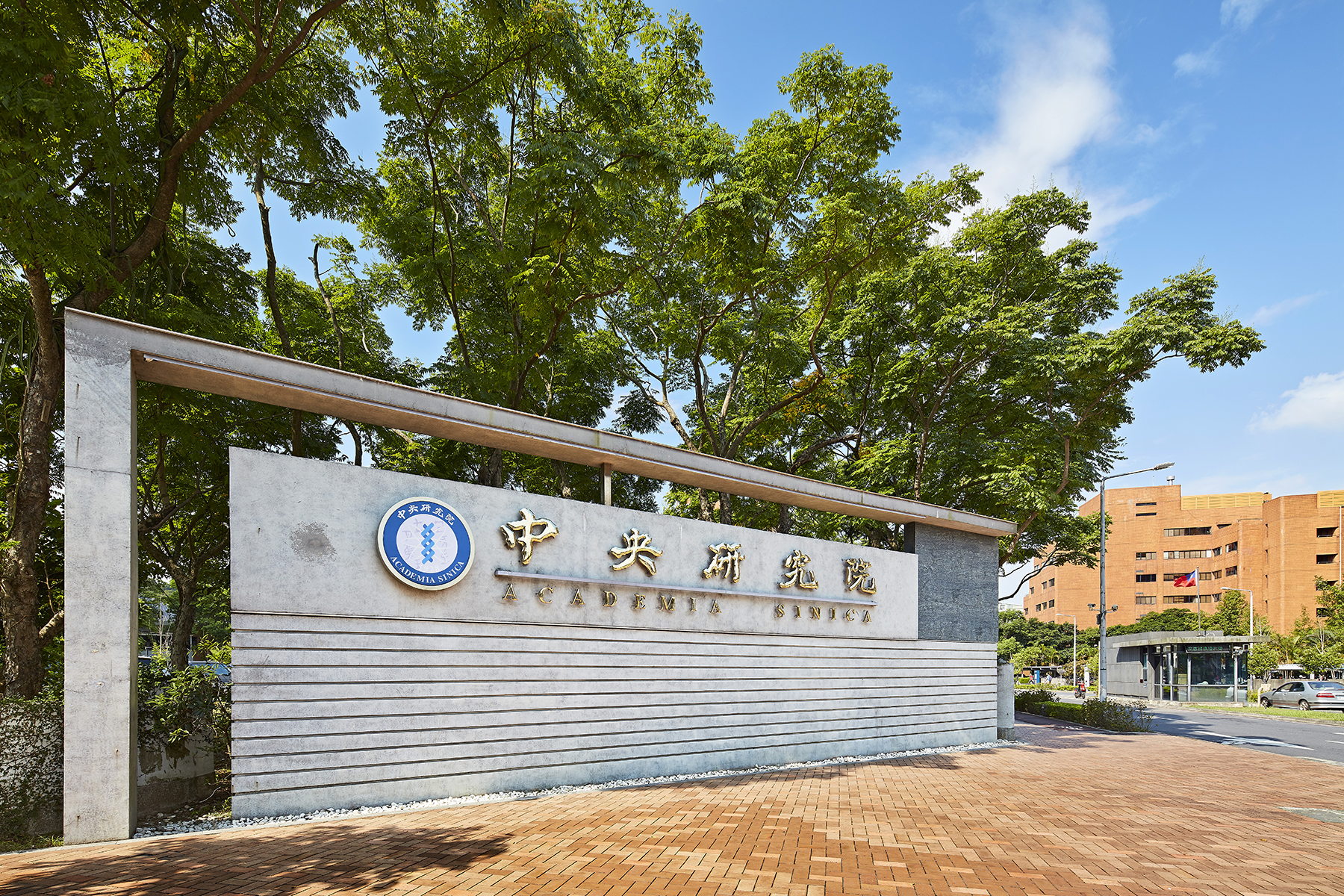

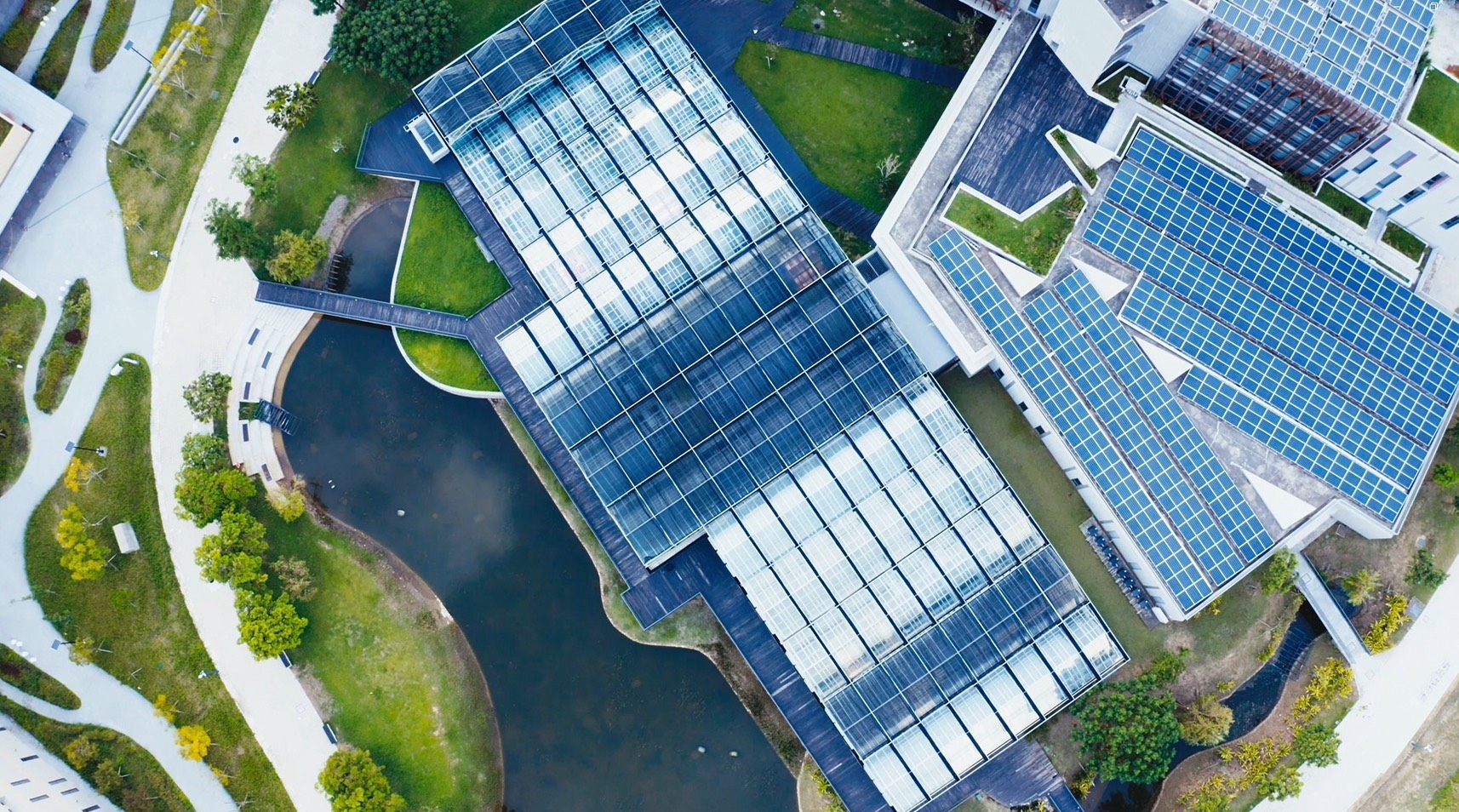
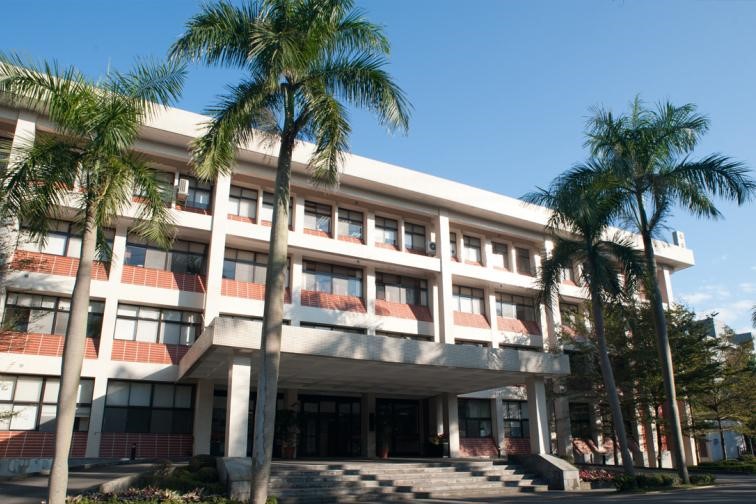
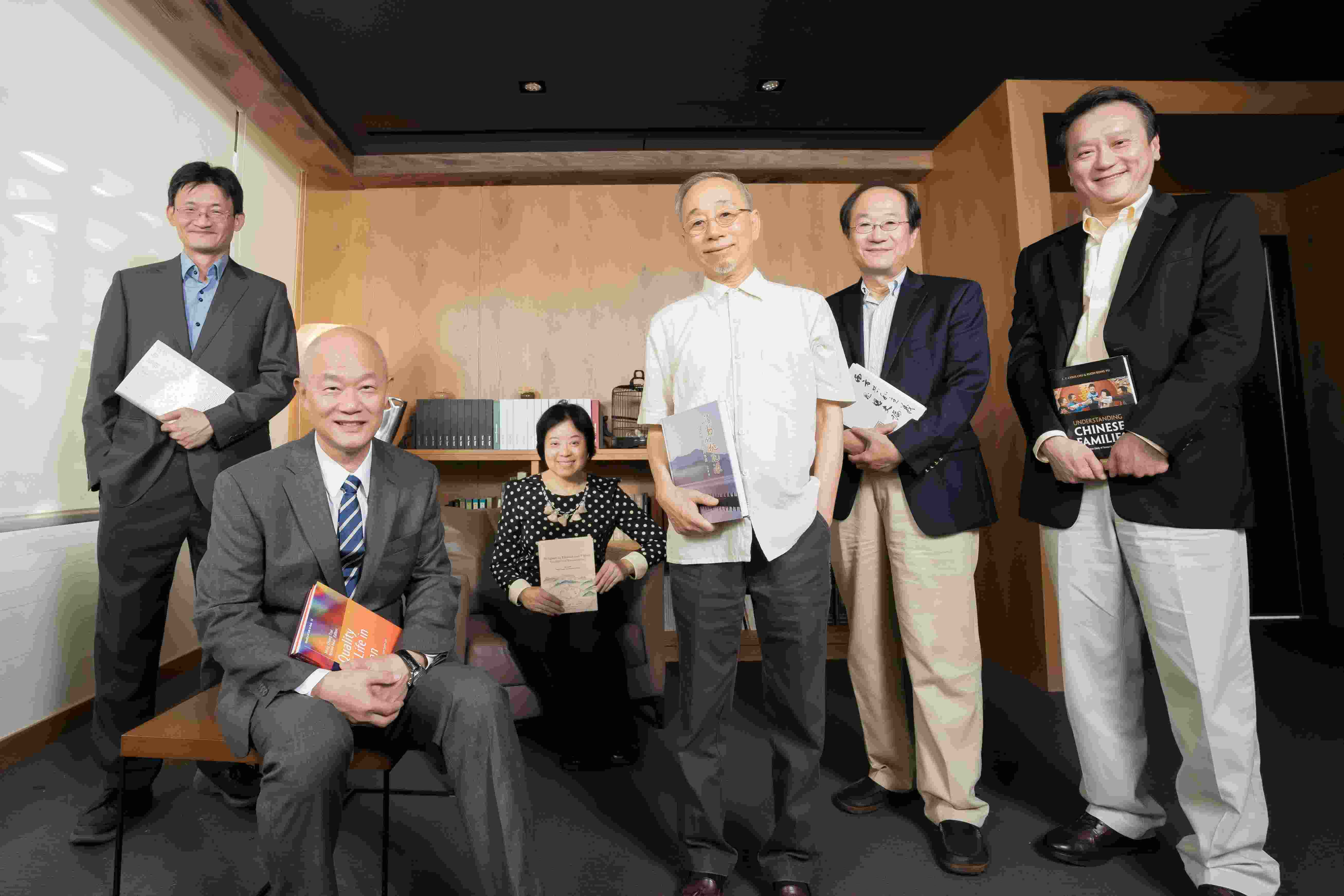



 Home
Home